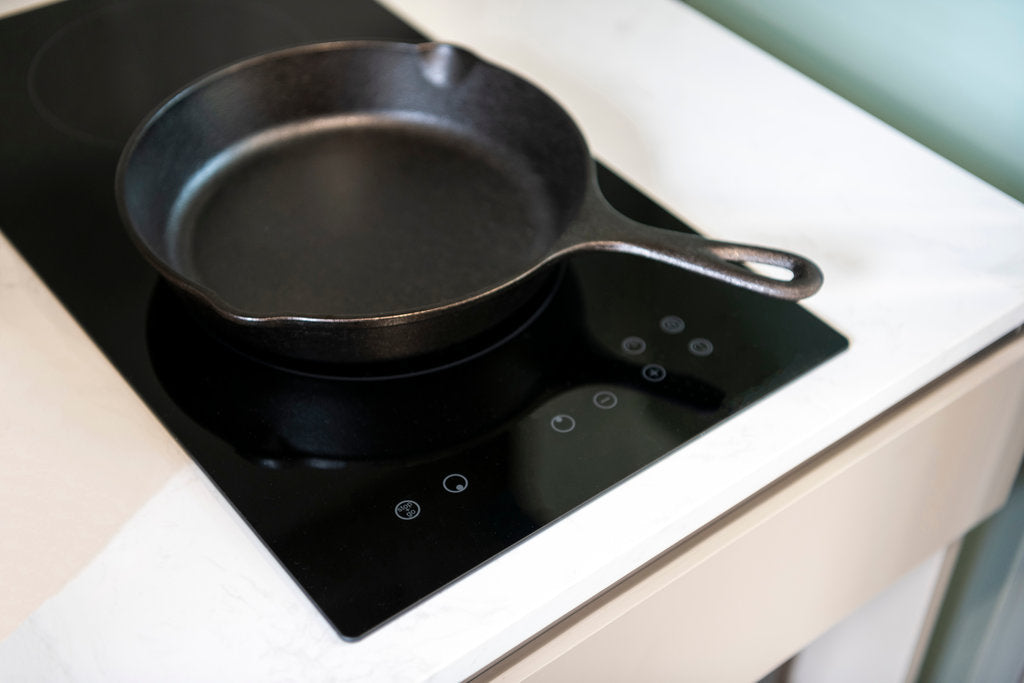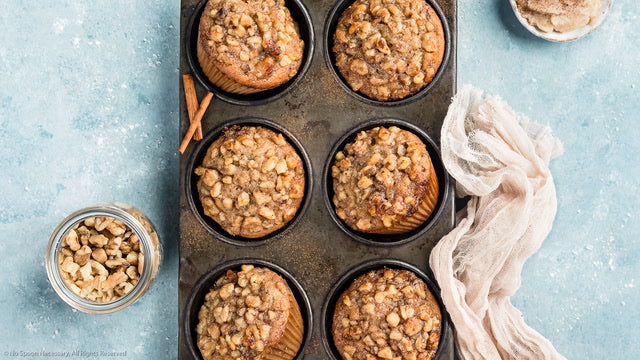In the dynamic realm of professional kitchens, efficiency and excellence are key. The emergence of induction cooking technology has transformed our culinary approach, delivering unparalleled speed and precision that traditional gas and electric stoves cannot match. But what if you combine this innovative technique with the time-honored reliability of cast iron? Join us as we delve into how everyday cooking with cast iron on induction can elevate your culinary creations, providing remarkable versatility and an extraordinary cooking experience.

The Perfect Blend: Cast Iron and Induction
The combination of cast iron and induction cooking creates a harmonious balance between timeless tradition and modern innovation. Cast iron is celebrated for its excellent heat retention and consistent cooking, making it an ideal partner for the precision offered by induction technology. This pairing enables culinary professionals to achieve outstanding results with every meal, from flawlessly seared steaks to delicate sauces.
Induction cooktops generate a magnetic field that directly heats the cookwarelike cast ironmaking the process not only highly efficient but also significantly faster, reducing cooking times. For a comprehensive guide on how to utilize cast iron over various heat sources, you can explore Lodge Cast Iron's official page.
Benefits of Using Cast Iron on Induction
1. Energy Efficiency
Induction cooking is renowned for its energy efficiency, and when paired with cast iron, it becomes even more economical. The heat transfers directly to the pan, minimizing energy loss and maximizing cooking efficiency. This can lead to noticeable savings in energy costs, which is crucial for any professional kitchen.
2. Precision and Control
One of the defining advantages of induction cooking is its exceptional temperature control. Cast iron naturally retains heat, enhancing this feature. Whether you're gently simmering a sauce or searing meat, this combination provides unmatched control over your cooking process. For more insights into induction cooktops, check out this resource on HowStuffWorks.
3. Versatility and Durability
Cast iron is famous for its strength and versatility. It can easily transition from stovetop to oven, making it suitable for various cooking methods. Using it on an induction cooktop allows for the same flexibility, enhanced by rapid heating and cooling, making it perfect for fast-paced kitchens.
Challenges and Considerations
While everyday cooking with cast iron on induction has numerous advantages, there are some challenges to consider. The weight of cast iron necessitates careful handling to avoid scratching the smooth surface of induction cooktops. Using a paper towel or a silicone mat beneath the pan can help reduce this risk.
Furthermore, not all cast iron pans are uniformly flat, which is essential for optimal induction cooking. Ensuring your cookware has a flat bottom is crucial for achieving the best contact with the cooktop, thus maximizing efficiency and performance.
Expert Tips for Success
To get the most out of everyday cooking with cast iron on induction, consider these expert tips:
Maintain Your Cast Iron
Proper maintenance, including regular seasoning, will keep your cast iron non-stick and rust-free. This care ensures your cookware remains effective for years to come.
Use Appropriate Utensils
When using cast iron on an induction cooktop, opt for utensils that wont harm the surface. Silicone or wooden utensils are ideal choices to preserve both your cookware and cooktop.
Gradual Heating
Even though induction cooktops heat quickly, its wise to gradually increase the temperature when working with cast iron. This helps prevent thermal shock and ensures even heating across the pan. For additional tips on temperature control, check out heat control advice.
Conclusion
Everyday cooking with cast iron on induction offers numerous benefits for kitchen professionals. This combination showcases the strengths of both techniques, providing energy efficiency, precision, and durability. By understanding the dynamics and following best practices, chefs can harness this powerful synergy to take their culinary creations to new heights.

FAQs
1. Can I use any cast iron pan on an induction cooktop?
Yes, most cast iron pans work well on induction, as long as they have a flat bottom for optimal results.
2. Will cast iron damage my induction cooktop?
While cast iron is quite heavy, using a protective layer such as a paper towel or silicone mat can help prevent scratches on the cooktop surface.
3. How should I clean my cast iron after cooking?
After use, clean your cast iron with warm water and a brush, then dry it thoroughly to avoid rusting. Try to avoid soap, as it may strip away the seasoning.
For more information on induction cooking, you can also visit Wikipedia.
Additionally, for exciting meal ideas, explore best side dishes to complement your dishes made with cast iron on induction.





Leave a comment
This site is protected by hCaptcha and the hCaptcha Privacy Policy and Terms of Service apply.